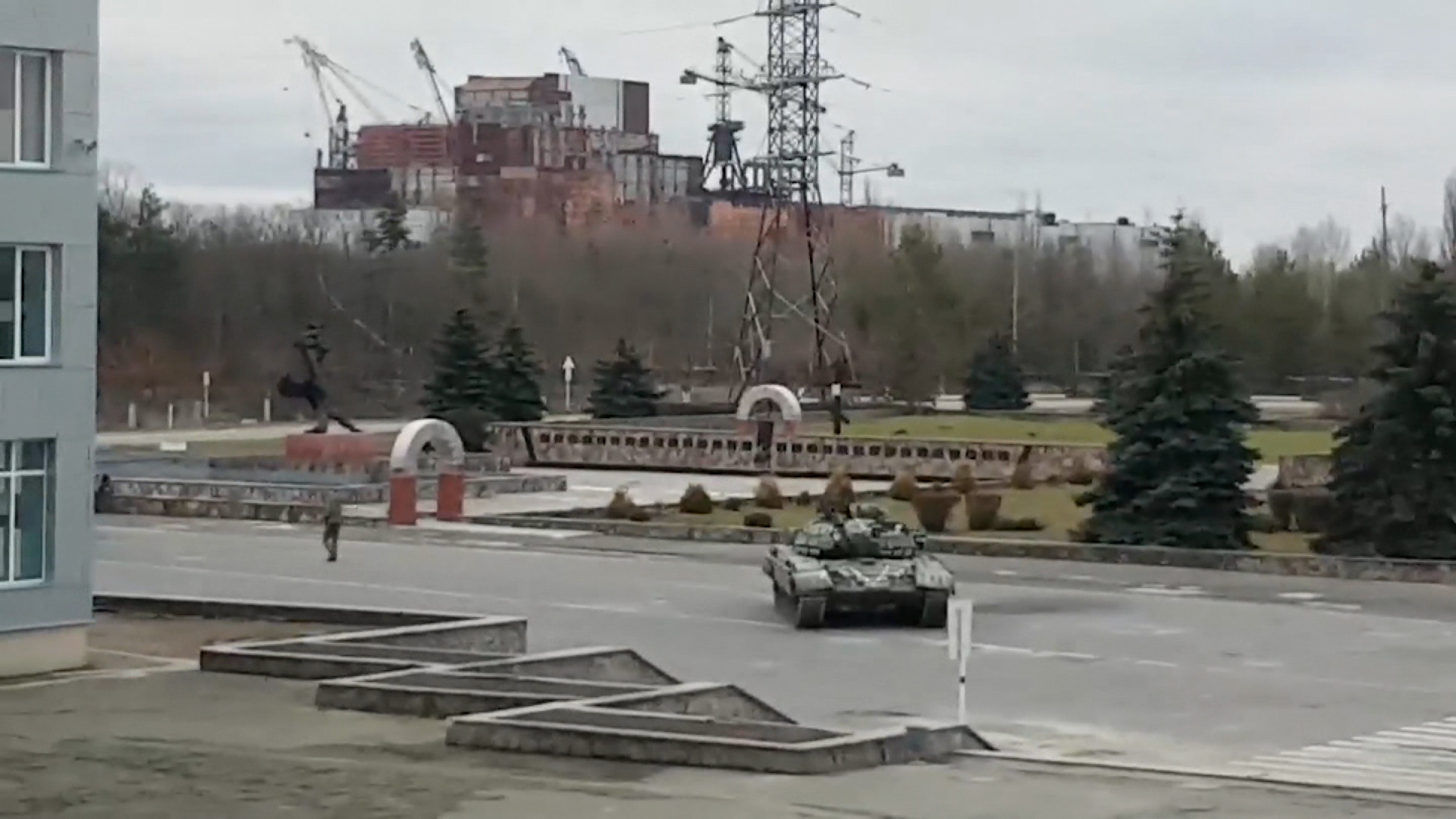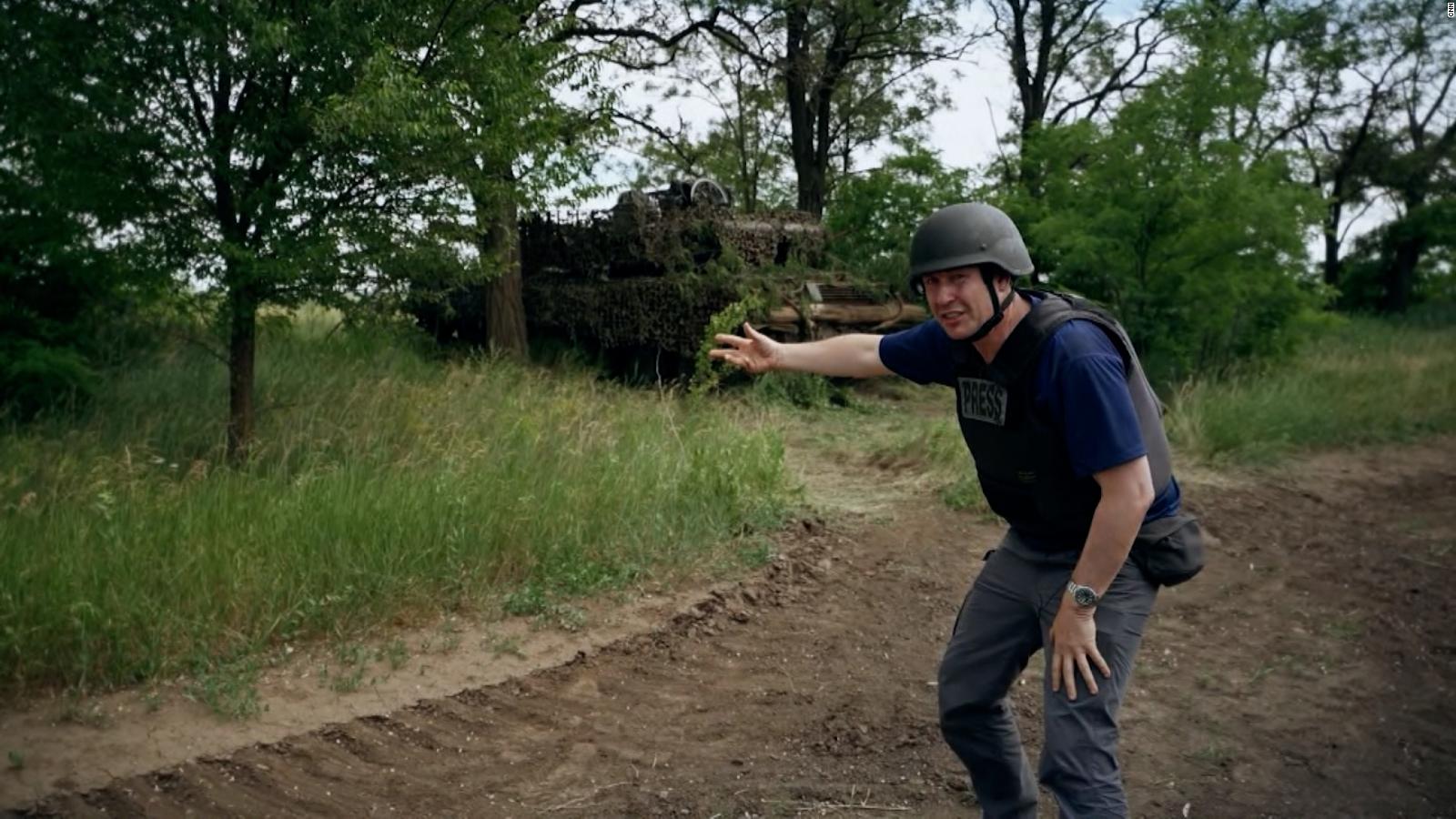Chernobyl Reactor Shield Hit by Russian Drone: Ukraine’s Claim: Chernobyl Reactor Shield Hit By Russian Drone, Ukraine Says
Chernobyl reactor shield hit by Russian drone, Ukraine says – Ukraine alleges a Russian drone strike targeted the Chernobyl nuclear power plant, impacting the reactor shield. This incident raises serious concerns about the safety and security of the exclusion zone, the ongoing decommissioning process, and the potential for environmental and health consequences. The lack of immediate, independent verification of the extent of the damage necessitates careful analysis of available information and its sources.
The Incident: Details and Initial Reports
Ukrainian officials reported a drone strike on the Chernobyl reactor shield, although the precise timing and extent of the damage remain unclear due to the ongoing conflict and limited access to the site. Initial reports suggested damage to the protective shield, raising concerns about potential radiation leaks, though this has yet to be independently confirmed. The incident reportedly occurred amidst ongoing military activity in the region.
A timeline of events based on available information is currently difficult to establish definitively due to the conflicting nature of reports emerging from the warzone. However, reports indicate that the alleged strike occurred sometime in [Insert Date Range if available], with news outlets reporting on the incident within [Insert Time Frame].
The alleged damage to the reactor shield is described as [Insert description of damage based on available reports – e.g., “localized damage,” “minor structural damage,” etc.]. The precise location of the damage on the vast shield is also currently unspecified.
| Date | Time | Source | Report Summary |
|---|---|---|---|
| [Date 1] | [Time 1] | [News Outlet 1] | [Summary of report from source 1] |
| [Date 2] | [Time 2] | [News Outlet 2] | [Summary of report from source 2] |
| [Date 3] | [Time 3] | [News Outlet 3] | [Summary of report from source 3] |
| [Date 4] | [Time 4] | [News Outlet 4] | [Summary of report from source 4] |
Chernobyl’s Current State and Security
The Chernobyl Exclusion Zone remains a highly sensitive area, with ongoing efforts to decommission the damaged reactors and manage the long-term environmental consequences of the 1986 disaster. Security measures in place before the alleged drone strike included restricted access, radiation monitoring, and patrols. The reported damage to the reactor shield raises concerns about the effectiveness of these measures and the potential for increased risk.
The risk posed by the alleged damage depends heavily on the extent and nature of the damage. Minor damage might not significantly alter the existing safety protocols, while substantial damage could compromise the containment of radioactive materials. The ongoing decommissioning efforts could be significantly hampered by any disruption to the integrity of the reactor shield.
Radiation levels within the exclusion zone have been relatively stable in recent years, though still elevated compared to surrounding areas. The potential for increased radiation due to the incident is dependent on the severity of the damage to the reactor shield and whether it compromised the containment of radioactive materials.
International Response and Implications
The international community’s response to the reported drone strike is still developing. The incident highlights the vulnerability of even heavily secured sites during wartime and underscores the broader geopolitical implications of the ongoing conflict in Ukraine. The potential for further attacks on critical infrastructure is a major concern.
- [International Organization 1]: [Response]
- [International Organization 2]: [Response]
- [Country 1]: [Response]
- [Country 2]: [Response]
Potential Long-Term Effects
The potential long-term effects of the alleged damage are difficult to predict without a thorough assessment of the extent of the damage. However, potential consequences include further environmental contamination, increased health risks for nearby populations, and significant economic impacts for Ukraine.
A hypothetical scenario of further damage or escalation could involve additional attacks on the site, potentially leading to a release of radioactive materials and causing widespread environmental and health consequences. This would necessitate large-scale evacuation and long-term remediation efforts, placing a significant strain on Ukrainian resources and international aid.
Visual Representation of the Damage, Chernobyl reactor shield hit by Russian drone, Ukraine says

Reports suggest [Insert detailed textual description of the alleged damage to the reactor shield, focusing on the visual aspects. Include size, shape, and extent of any visible damage]. A before-and-after visual representation would likely show a relatively intact shield prior to the incident, with the post-incident image depicting [Describe the visual changes, e.g., “a localized area of damage showing exposed metal,” “a puncture mark of a specific size and shape,” etc.].
Verification and Fact-Checking

The sources used to report the incident include [List the sources used, including Ukrainian government officials, news outlets, and other relevant parties]. The credibility of these sources needs to be carefully assessed, considering the ongoing conflict and potential for misinformation. Independent verification of the reported damage is crucial, given the sensitive nature of the site and the potential implications of inaccurate reporting.
Challenges in verifying information from a conflict zone include limited access, restricted movement, and the potential for deliberate disinformation. Comparing and contrasting information from different news sources can help identify potential discrepancies and assess the reliability of the available information.
